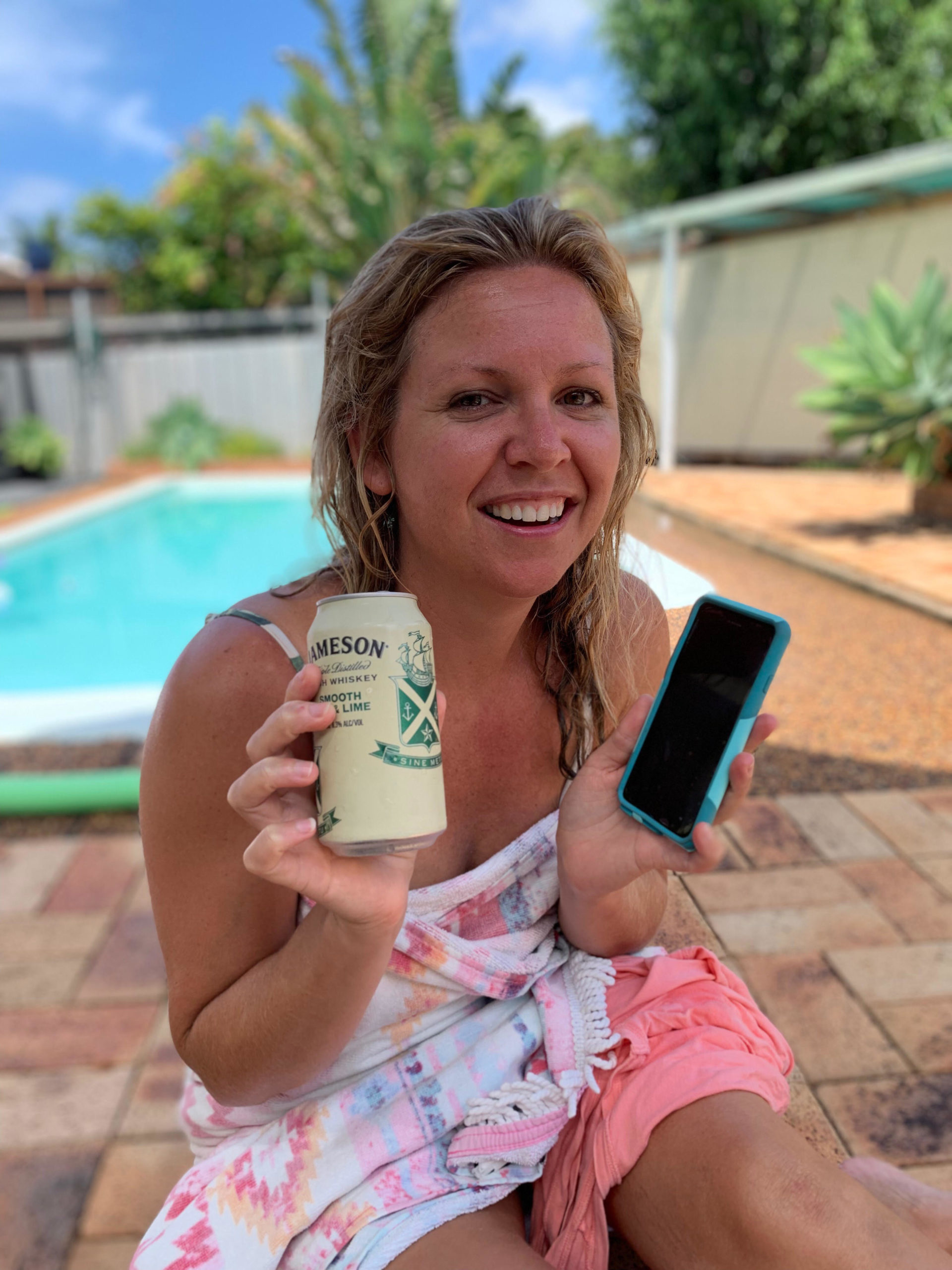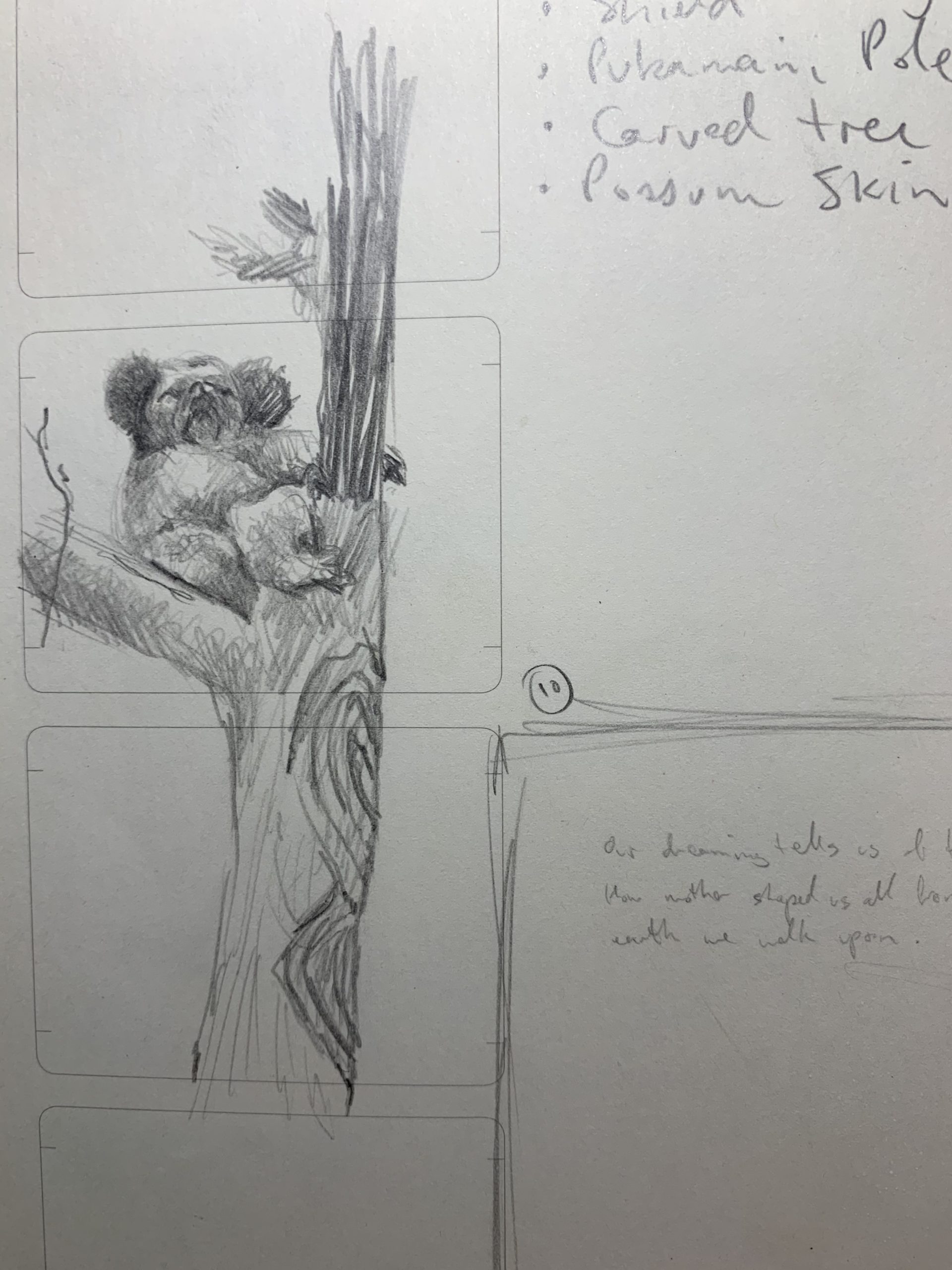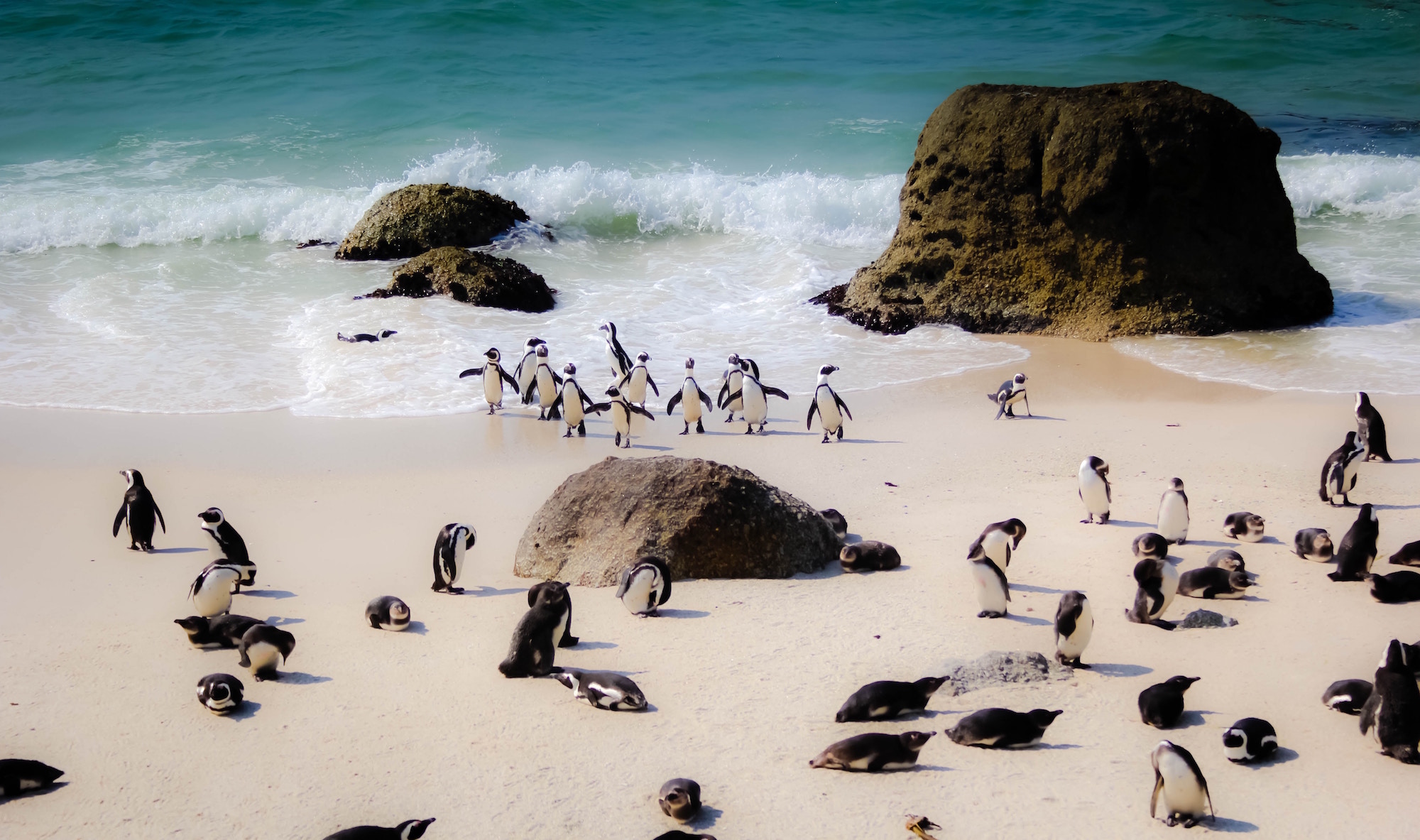Editing process rundown
Given that I’ve worked as an editor for 21 years it seems crazy that I’ve never written a post that breaks down the different kinds of editing, but I’m about to remedy that! Most of the books that I edit are for publishers, but about a quarter of my work is directly for authors who fall into one of two categories. Either they intend to self-publish, or they want to ensure that their manuscript is the very best that it can be before submitting to agents or publishers (most fall into the latter category). Often writers are unsure about exactly what kind of edit their book needs, so here’s a quick rundown. I’m going to focus on fiction because it’s my first love.
Read More »Editing process rundown
Structural/substantive edit
 If you’re wondering if your book needs a structural edit (sometimes called a substantive edit), the answer is YES! Every single book needs a structural edit, even those by the most experienced authors. This is the big picture stage where the editor is looking at things like characterisation, plot, pacing, appropriateness of language and style for the intended readership, order of chapters and scenes (including whether there are missing scenes or unnecessary scenes), chapter breakdowns, narrative progression and gaps in the narrative, and so on. Every book is different and the list of possibilities is endless. The editor might recommend that the book should in fact begin at Chapter 3, or that a subplot is enlarged, or that a character is cut completely. Be prepared for anything! You will usually receive an extensive report outlining all the areas that need work.
If you’re wondering if your book needs a structural edit (sometimes called a substantive edit), the answer is YES! Every single book needs a structural edit, even those by the most experienced authors. This is the big picture stage where the editor is looking at things like characterisation, plot, pacing, appropriateness of language and style for the intended readership, order of chapters and scenes (including whether there are missing scenes or unnecessary scenes), chapter breakdowns, narrative progression and gaps in the narrative, and so on. Every book is different and the list of possibilities is endless. The editor might recommend that the book should in fact begin at Chapter 3, or that a subplot is enlarged, or that a character is cut completely. Be prepared for anything! You will usually receive an extensive report outlining all the areas that need work.
I love this stage because it’s a long conversation between the editor and the author — two people who care deeply about the book and want to see it become the very best version of itself. It’s always a privilege for me to be a part of this highly creative stage of the editing process, and to work so intimately with a text and its author.






